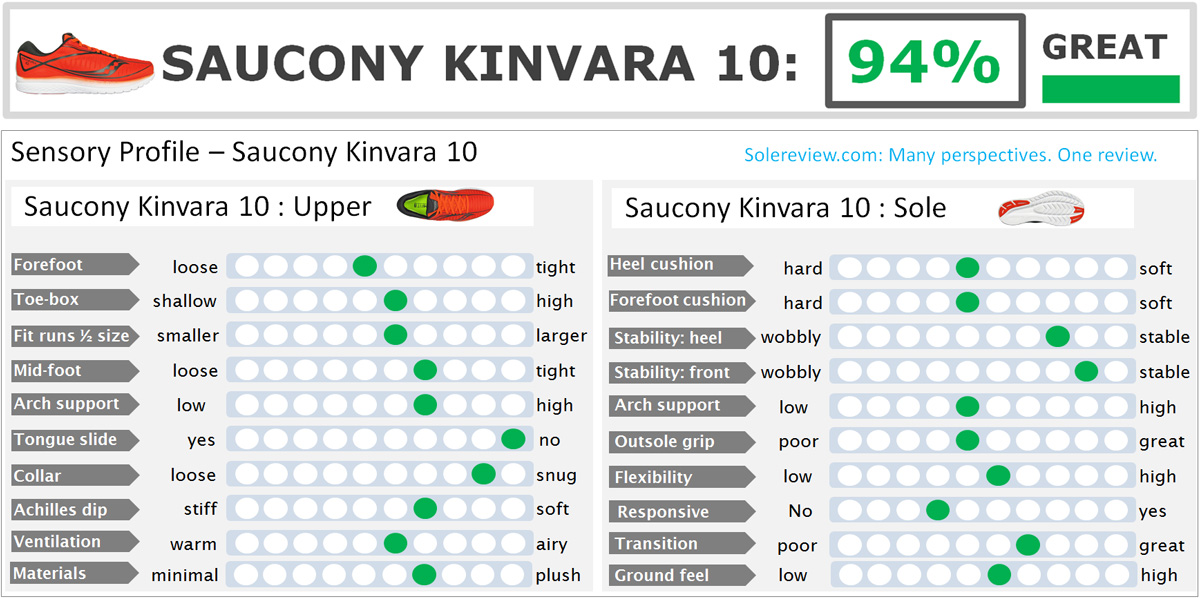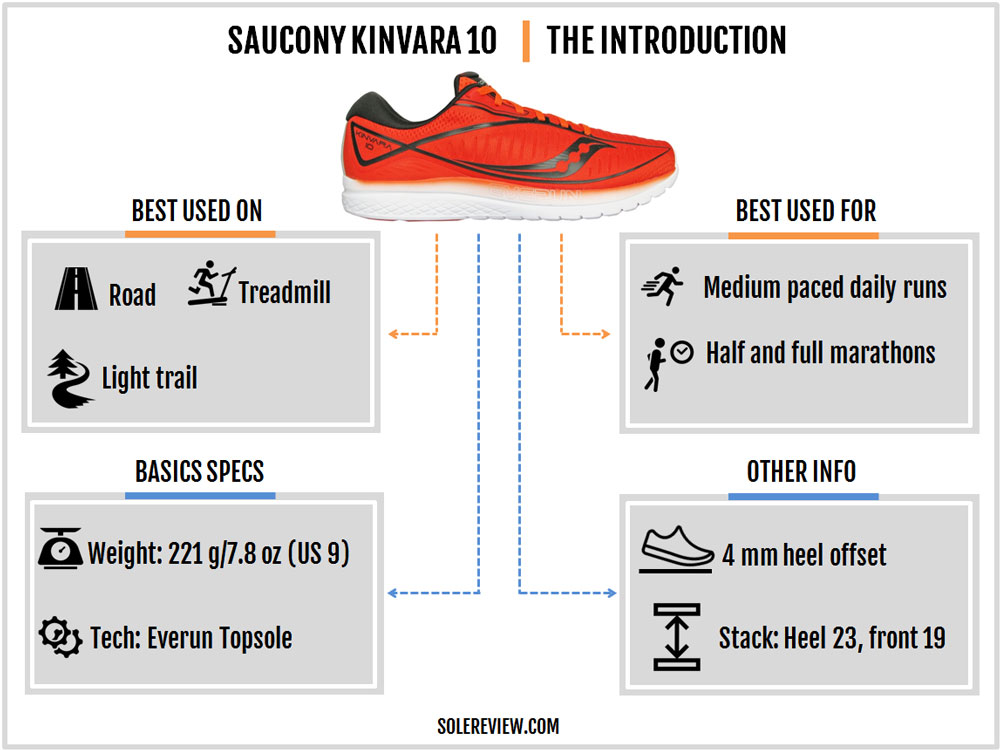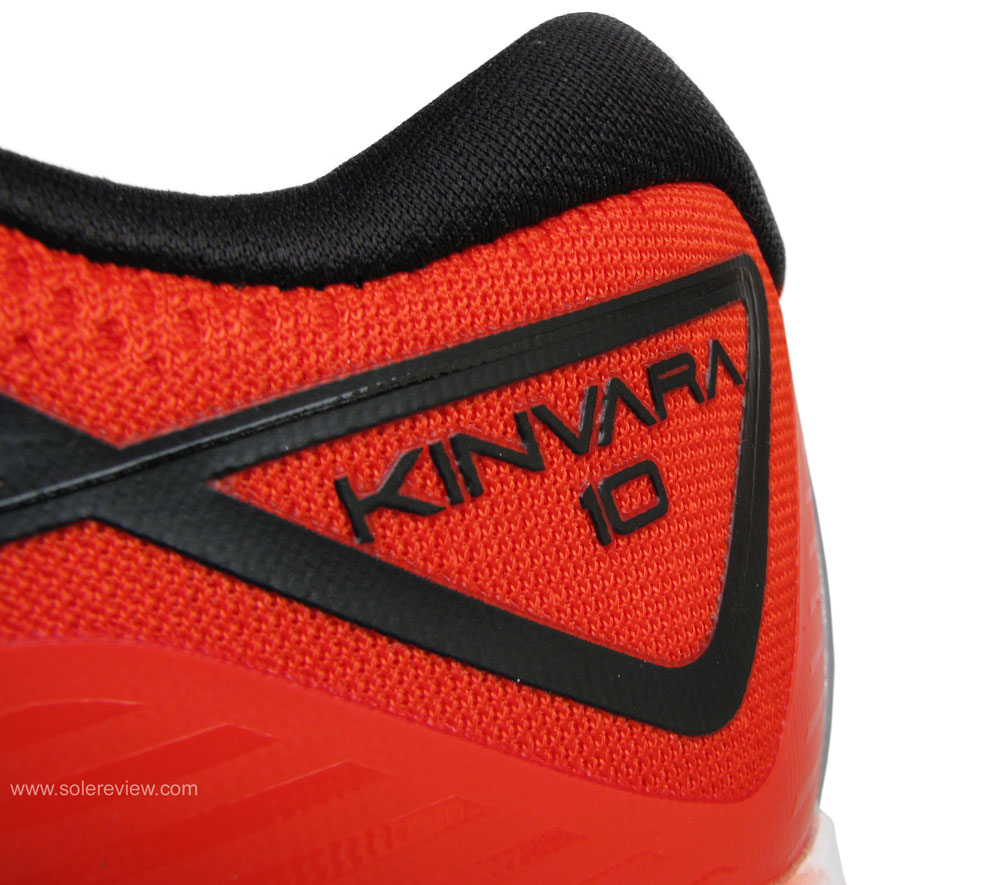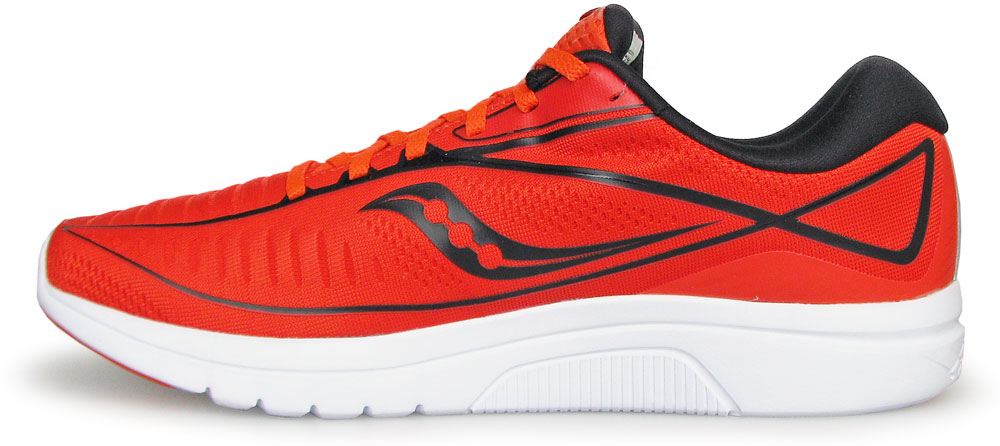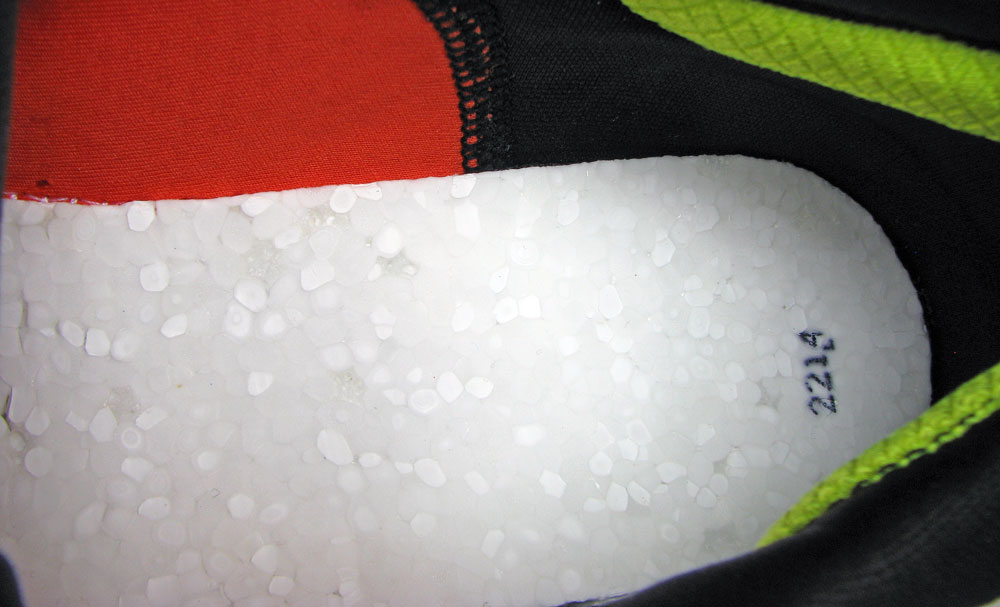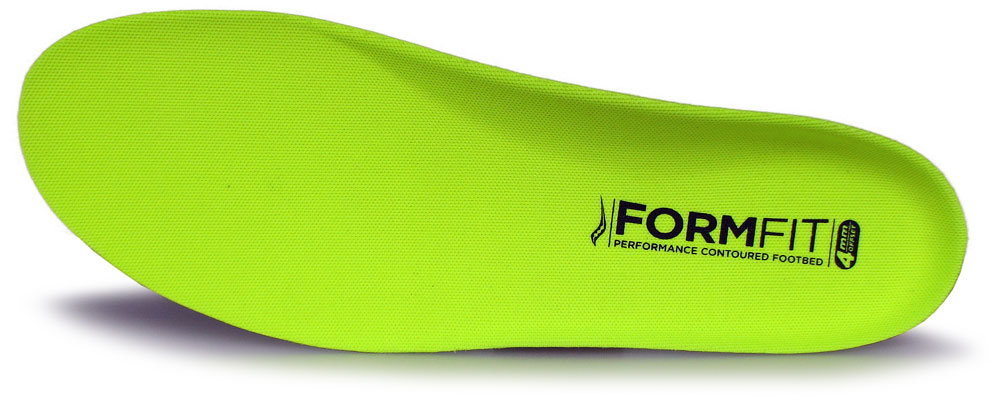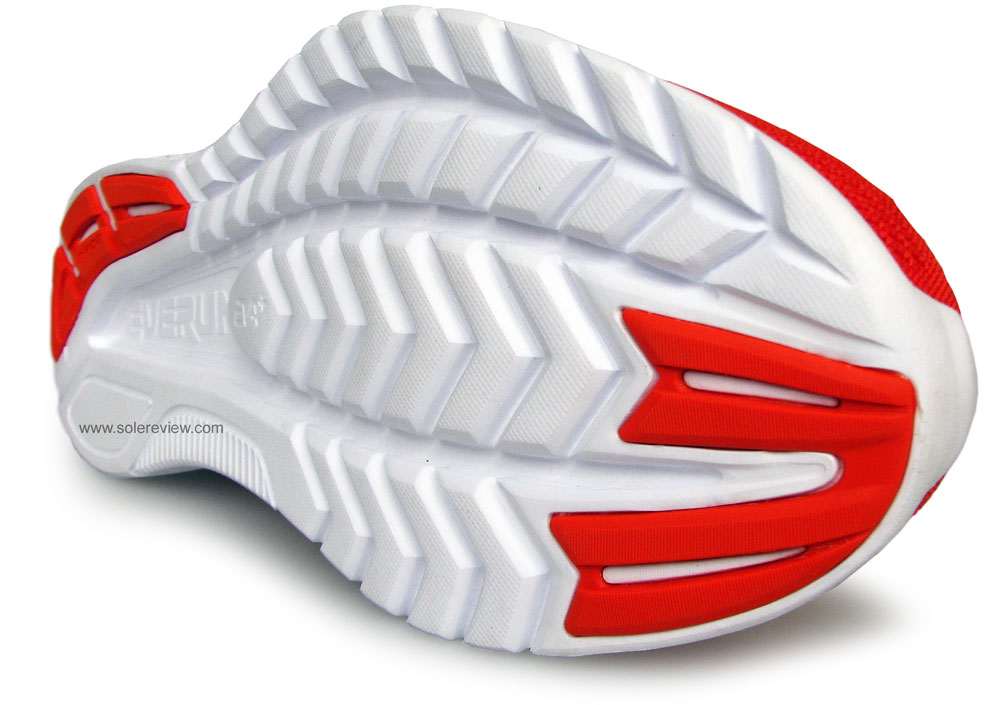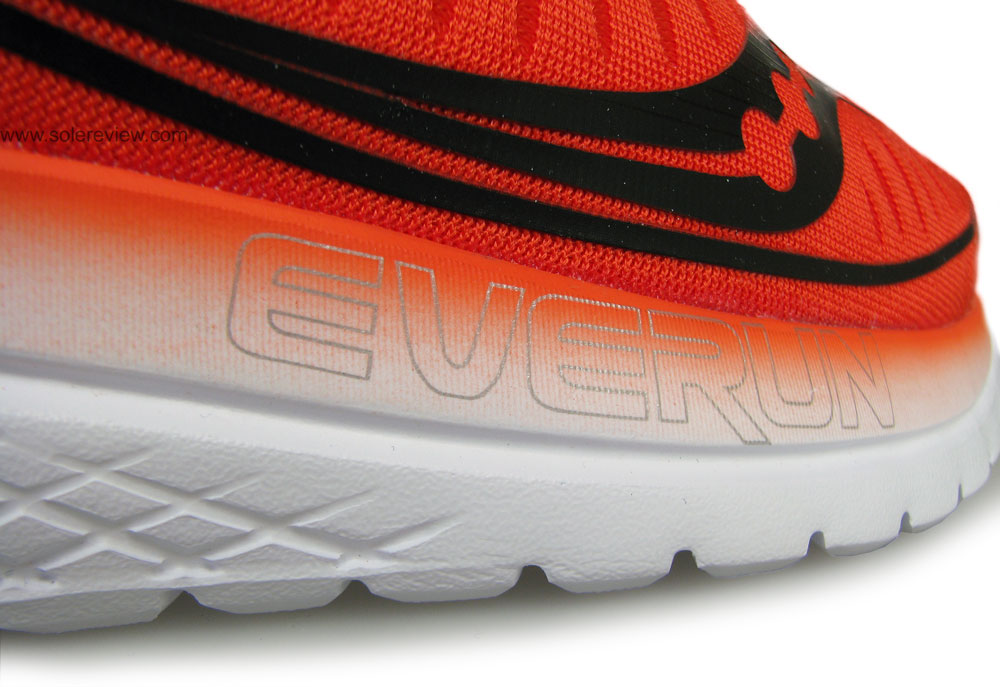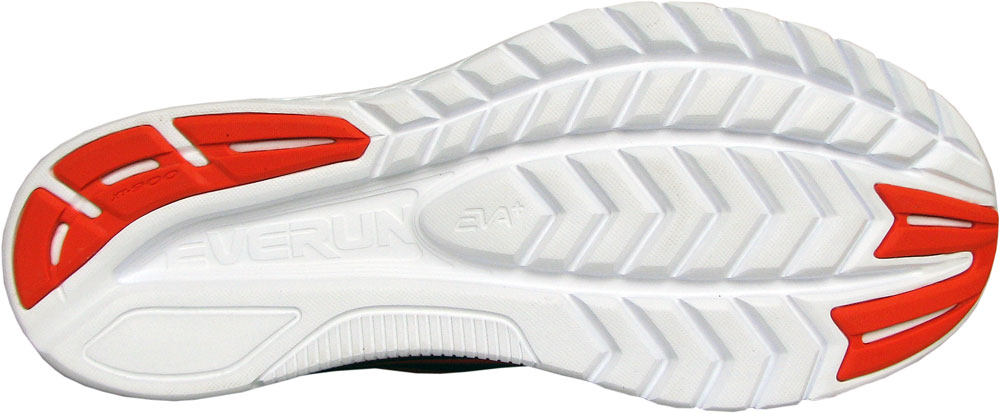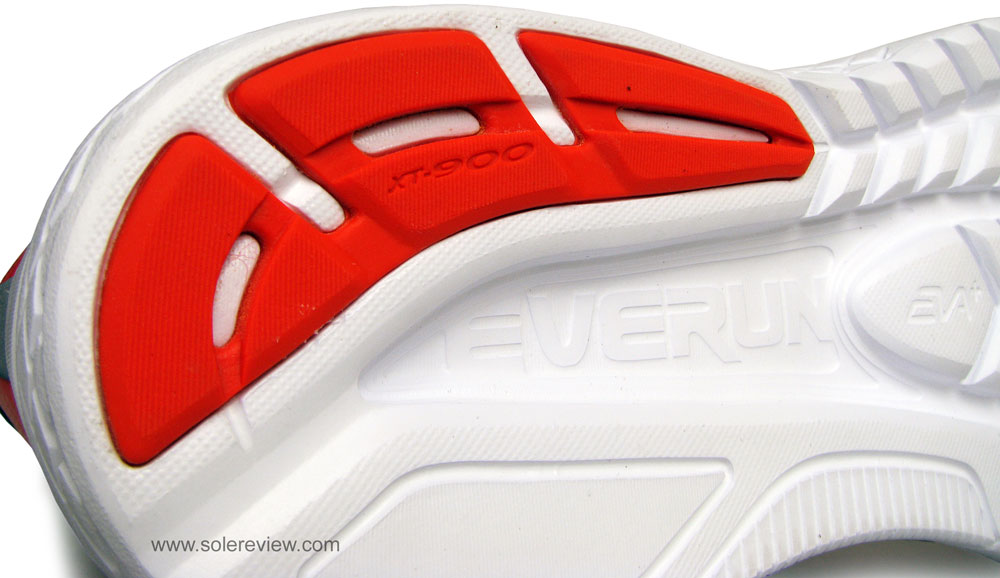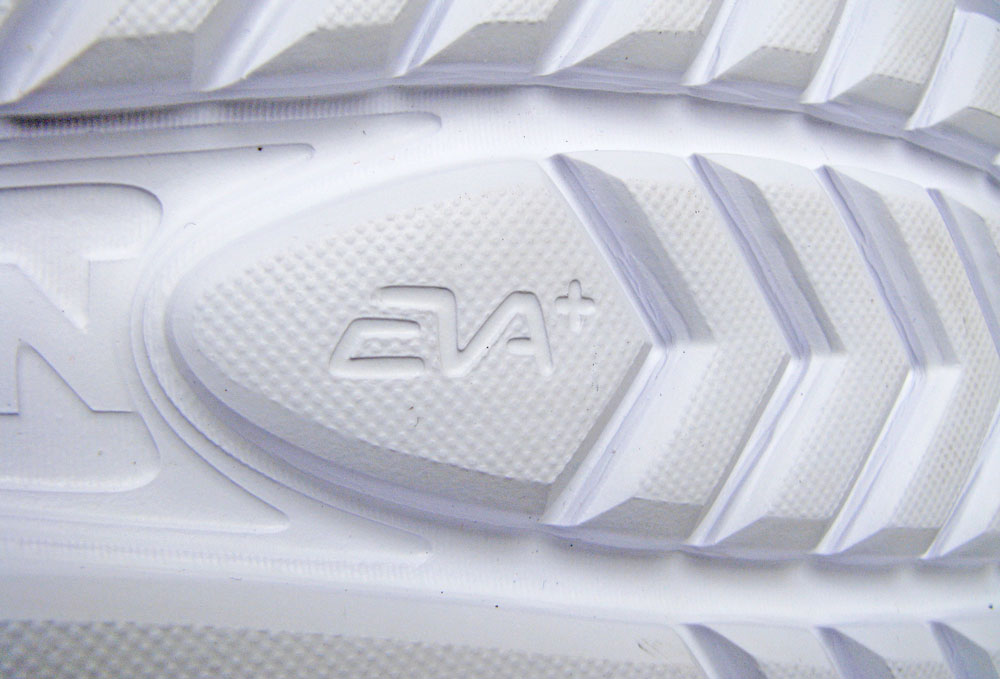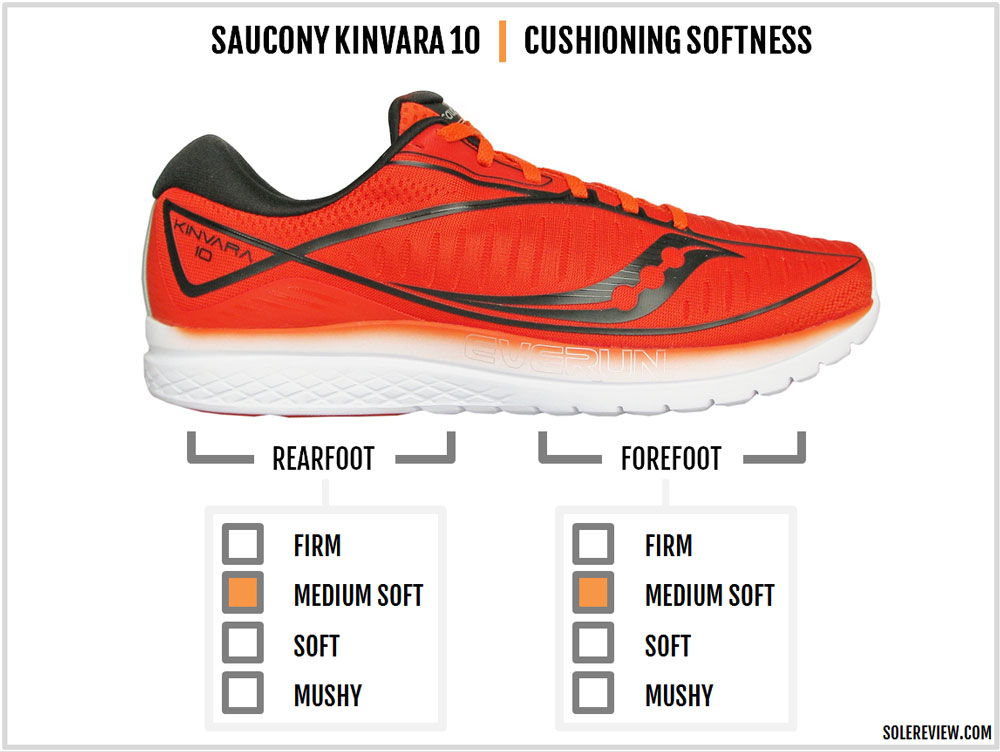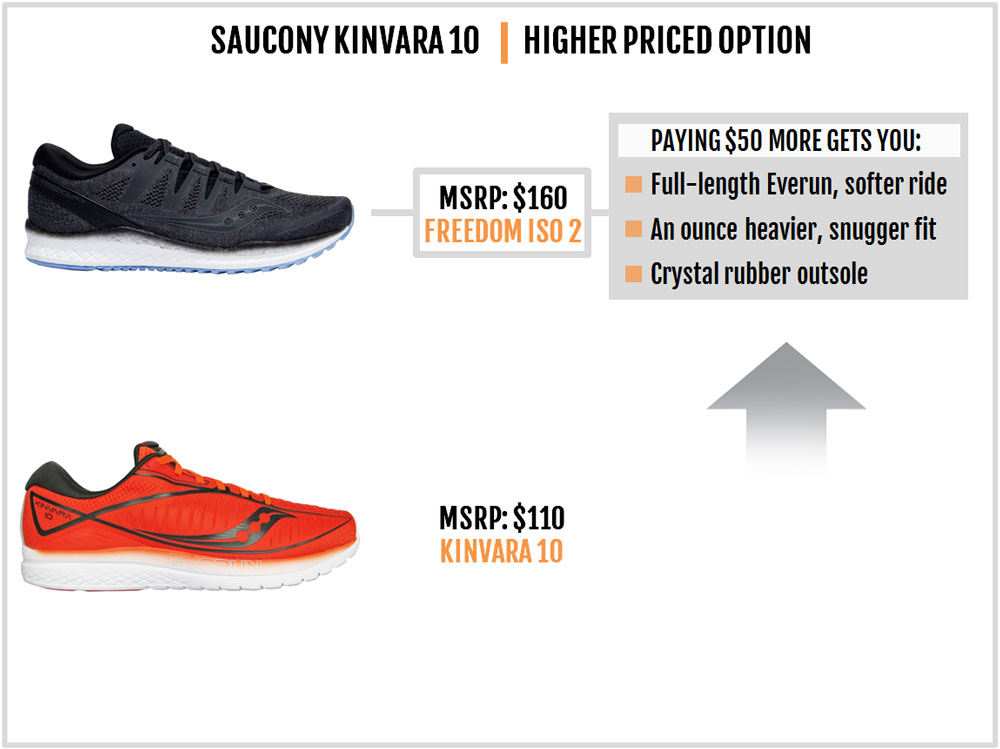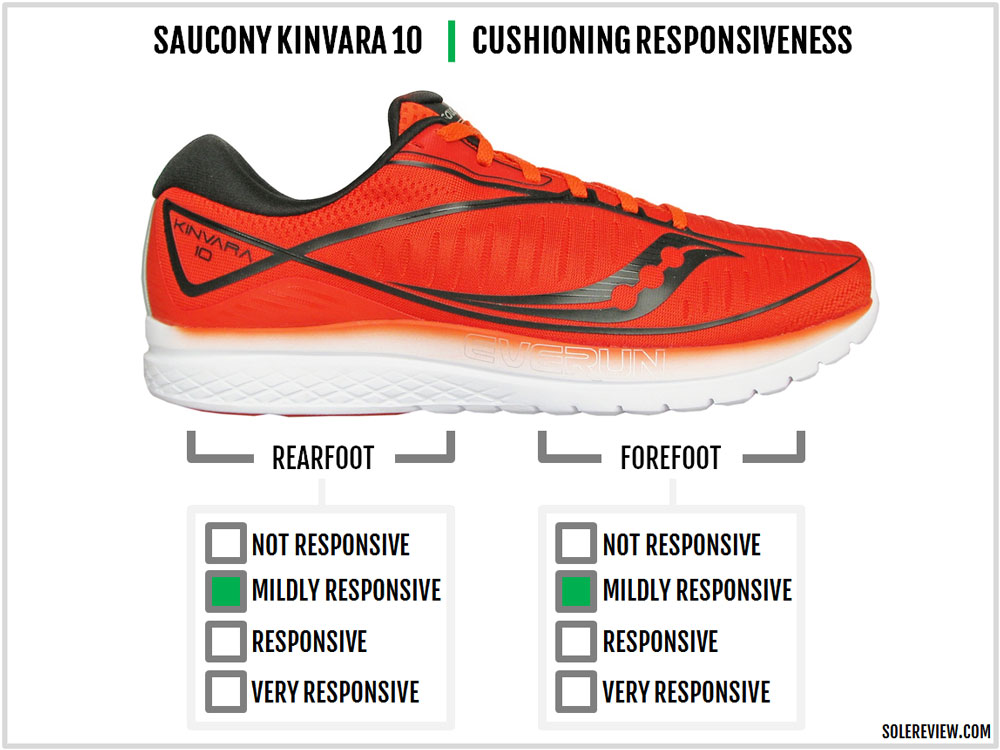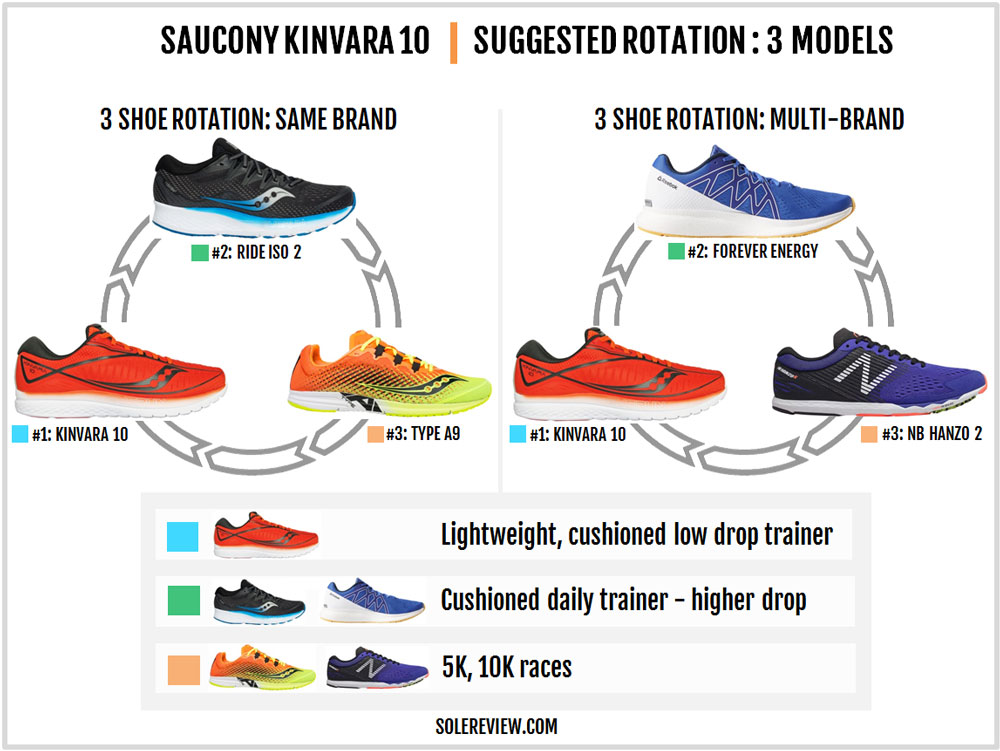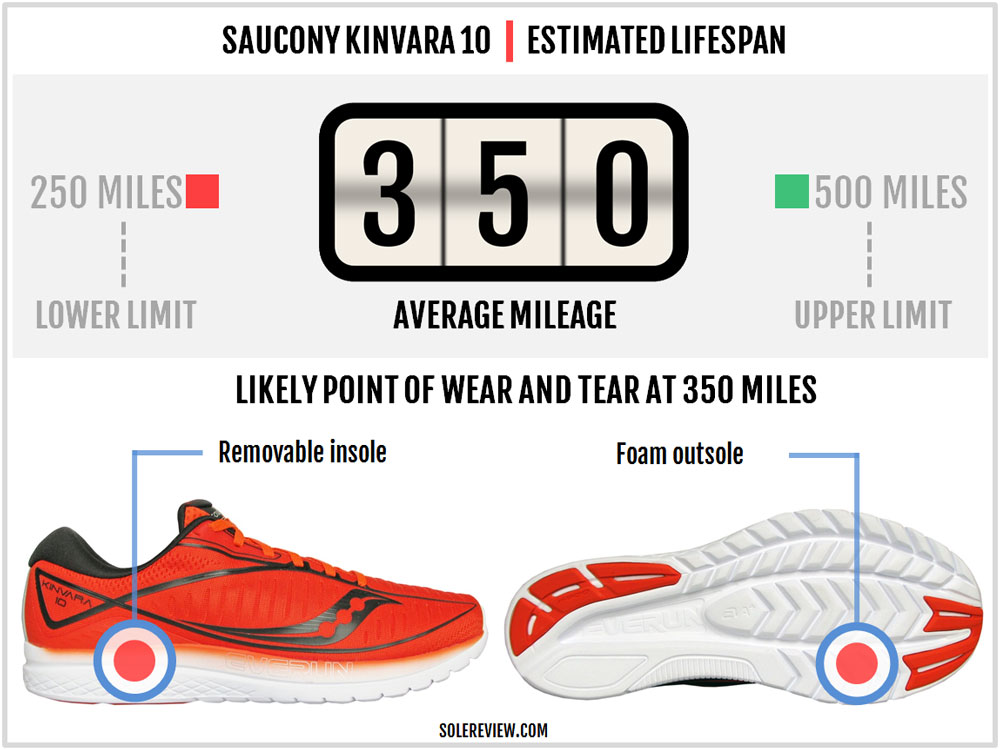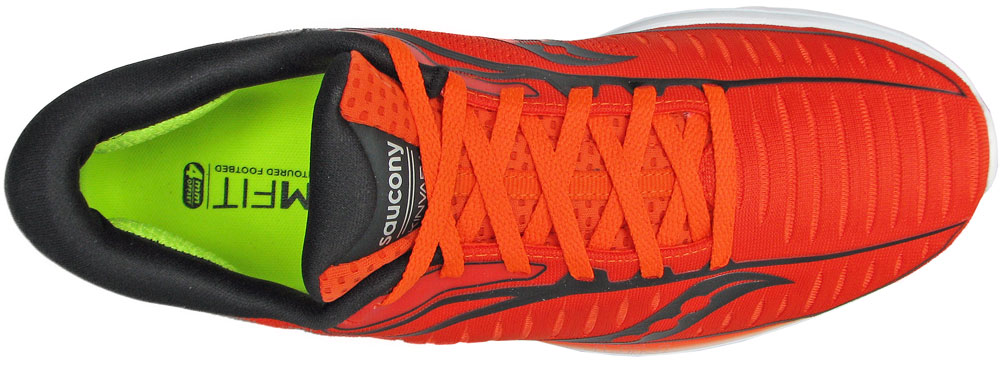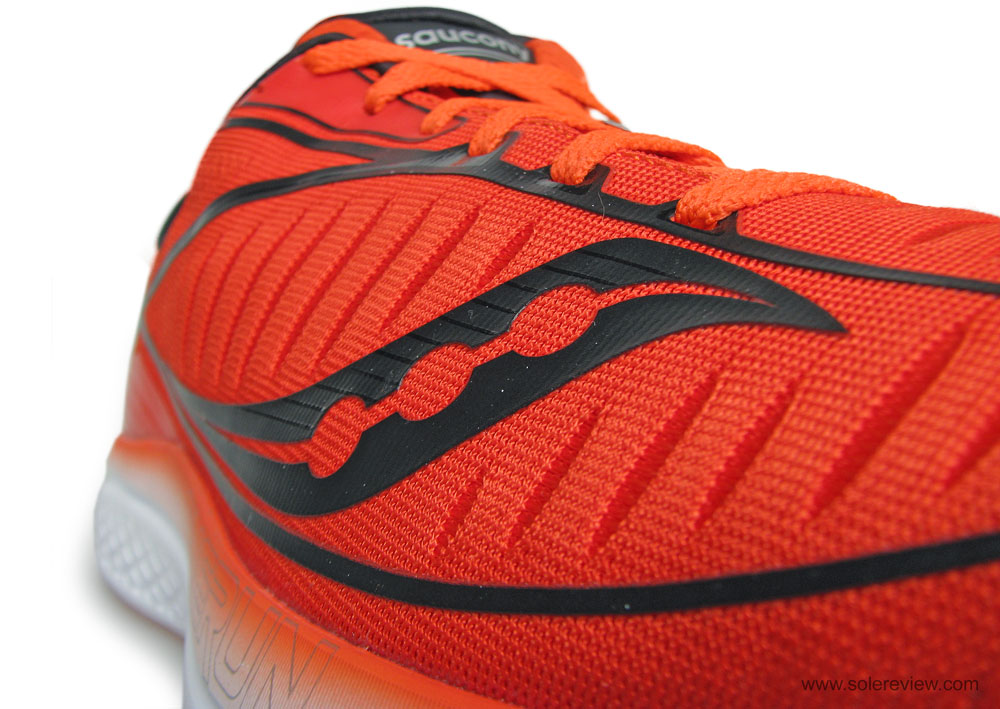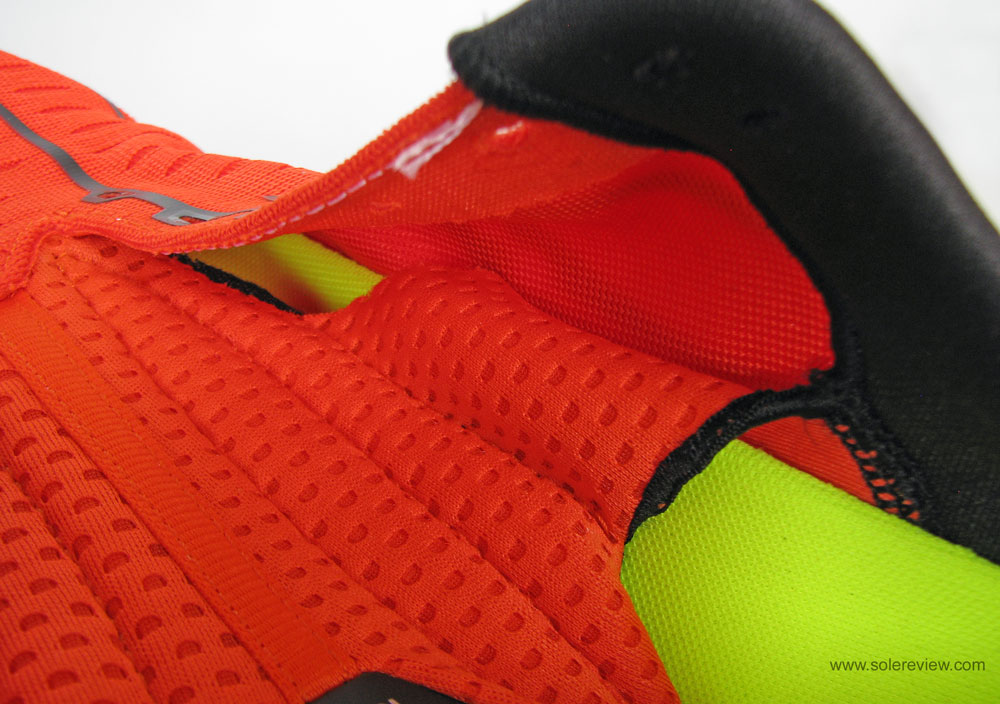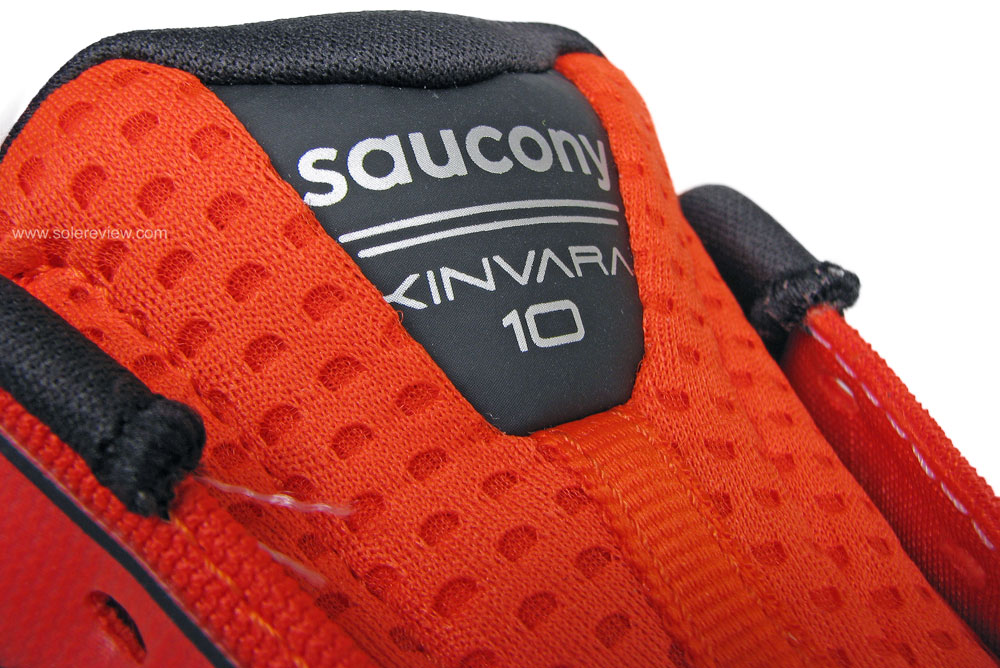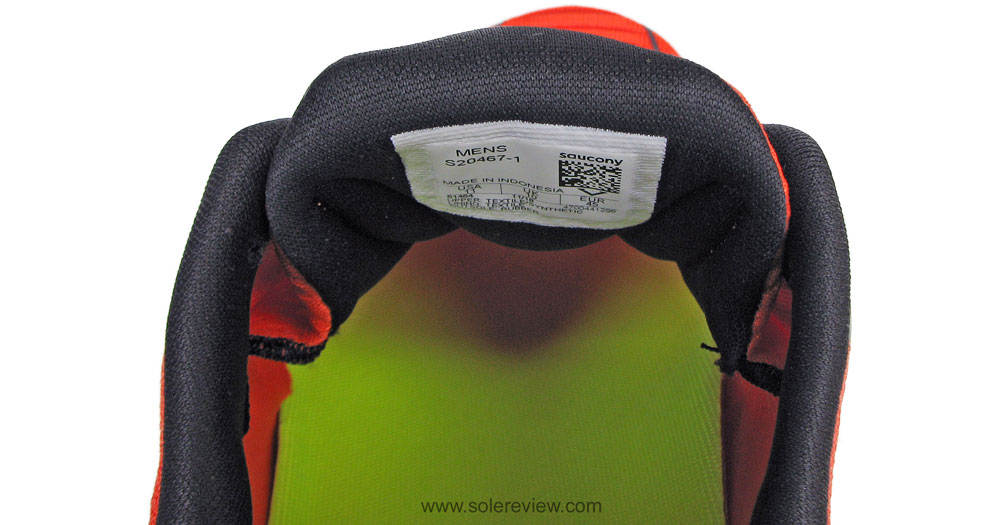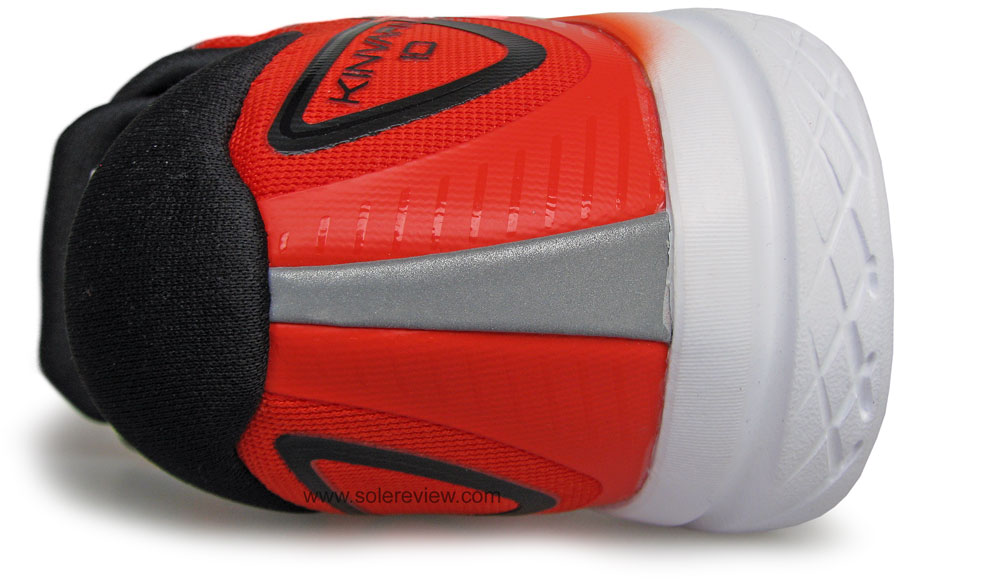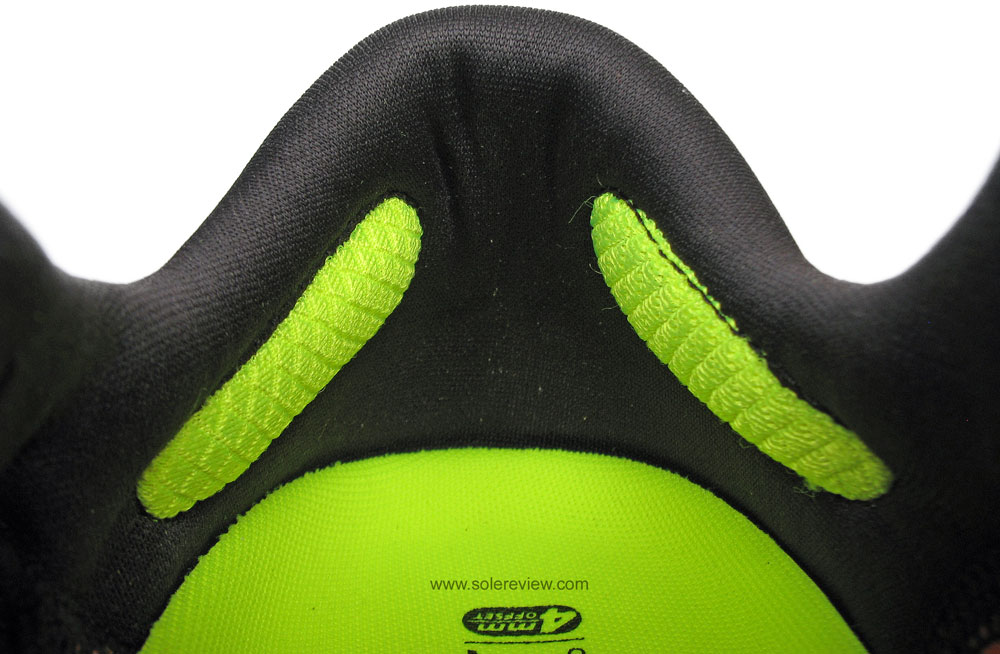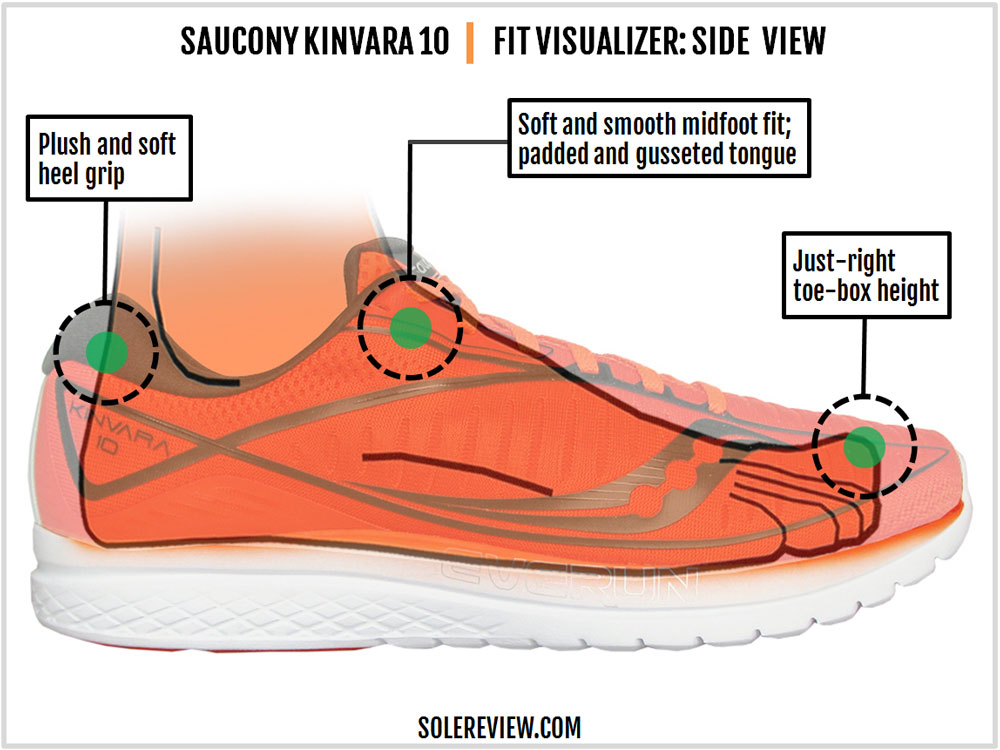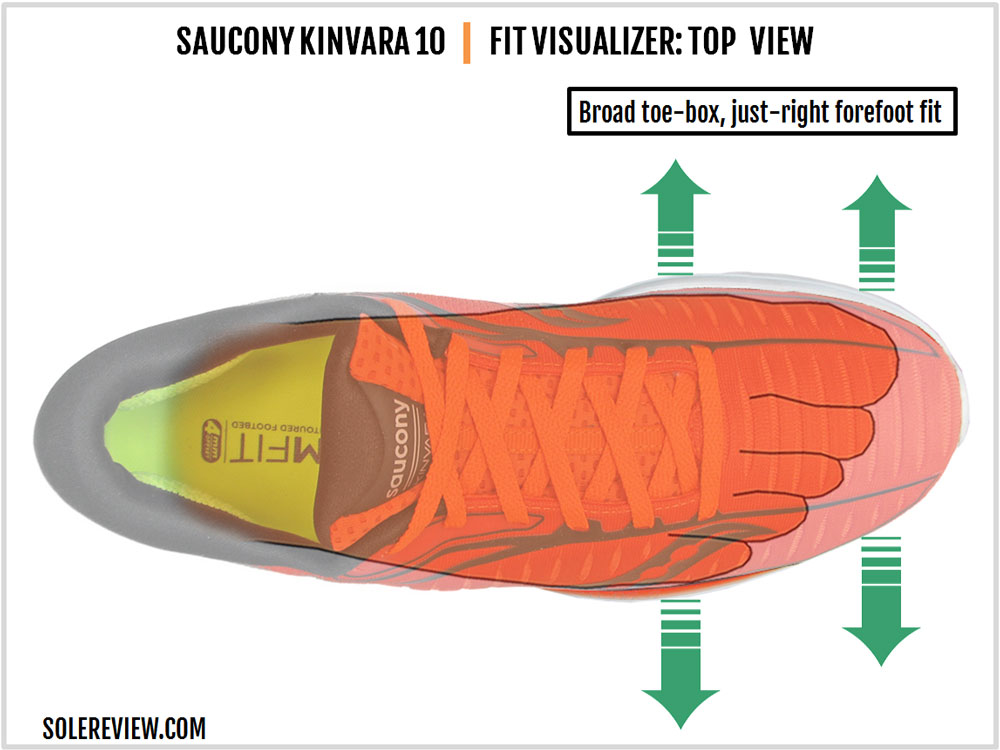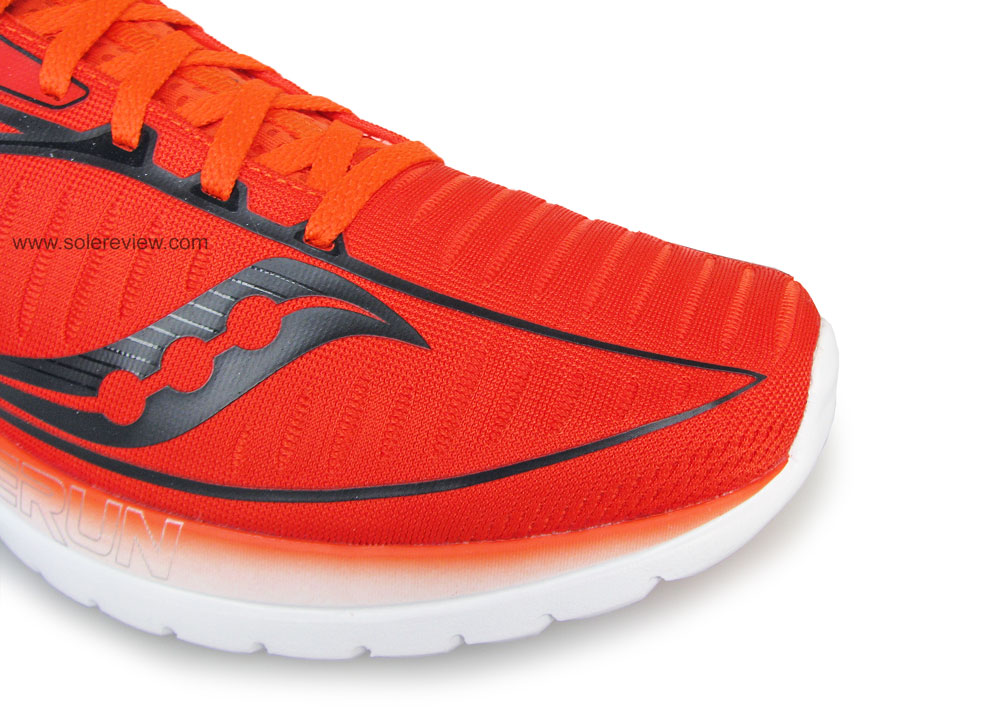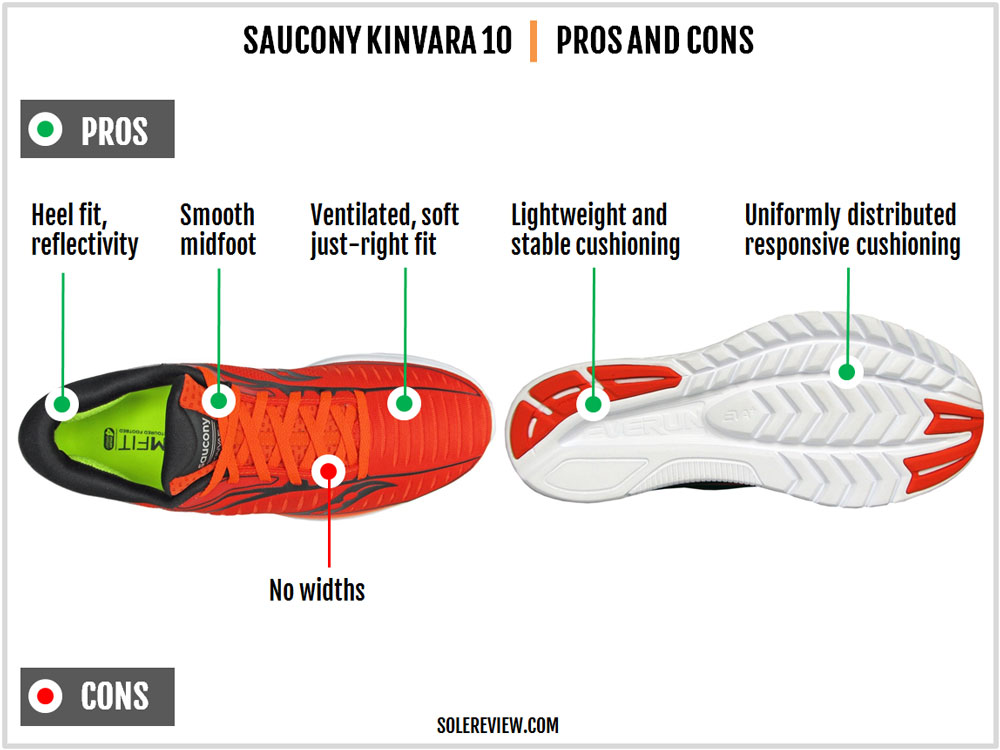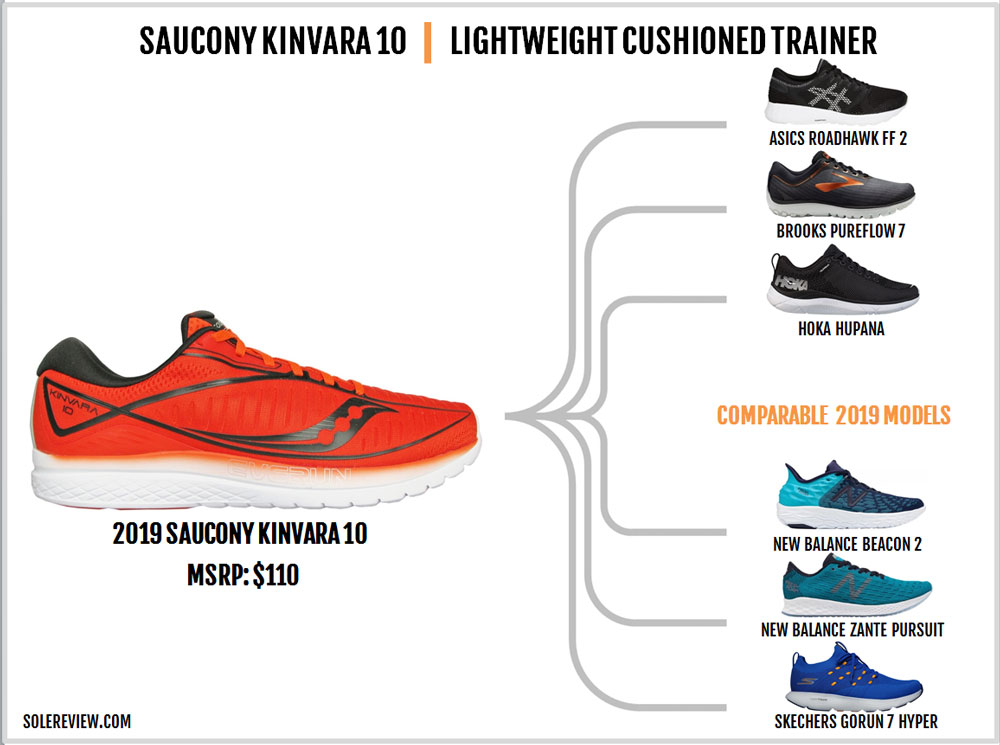INTRODUCTION
We know that not everyone read our lengthy rants on running shoes in their entirety, so we’ll put it right here – we love the Saucony Kinvara 10. The high score gives it away but there are so many things which the new shoe gets right.
Battle-scarred shoe dogs will also want to know if the new Kinvara is anything like the original models, namely versions 1-4. Saucony even offers the original colorway from the earliest Kinvara, so there must be something in the K-10 which ties back to its roots?
The short answer is no. The original Kinvaras were a more minimal affair, regardless of whether the topic was the ride or upper fit quality. We reviewed the Kinvara 3 and 4 on this site many years ago, so let’s use those models as a reference. Both used the same midsole so there was no difference in the ride quality.
The 2019 Kinvara 10 is a softer shoe than the 3 and 4, and the upper has a higher level of comfort with more room. Models like the K3 and K4 were narrow-fitting beasts; so much so that if our infographics existed back then, we would have put those orange pointy things calling out the tight fit.
In other words, the Kinvara isn’t the sharp, focused tool which the K3 and 4 were; it is a bit round around the edges. At the same time, the Kinvara 10 does a better job than the founding models when it comes to the cushioning spread. Unlike the heel-biased cushioning of the Powergrid era Kinvaras, the Everun-fitted midsole achieves a superior balance.
So contrary to Saucony’s claims, the Kinvara 10 isn’t the quintessential fast shoe with a firm ride. Rather, it is a lightweight and cushioned 4 mm trainer with a distraction-free upper.
This medley of desirable attributes is what drives the Kinvara’s appeal; it is versatile enough to be an efficient daily trainer at various paces.
There’s sufficient cushioning under the foot to take you over long distances. It’s worth noting that the Kinvara’s 4 mm offset is derived from stack heights of 23/19 mm – which, ironically, is thicker than the Nike Vomero 14.
If the Kinvara 10 is a softer, more comfortable version of the original concept, why the high rating? We’ve picked on the Nike Vomero 14 for that reason, haven’t we?
You have a point. But then, the Kinvara 10 isn’t a product of overnight change. Saucony steered the Kinvara into a different direction beginning with the 2014 Kinvara 5. When that happened, solereview called out the significant changes in the ride quality in no uncertain terms.
Five years is an epoch in the running shoe industry, so judging the Kinvara 10 based on 1-4 doesn’t make sense – not anymore. Heck, the softer Kinvaras (5-10) have had a longer run than the first generation models.
Ever since the Kinvara 4 to 5 switchover, Saucony has struggled to produce the ideal execution of the softer Kinvara concept. Until now. The Kinvara 10 is where mesh and foam meet in near-perfect harmony to result in one of the best running shoes of 2019.
THE RIDE EXPERIENCE
The heel stack height of 23 mm and forefoot thickness of 19 mm is one of the reasons why the Kinvara 10’s ride feels so balanced. There’s a uniform delivery of cushioning available no matter where you land.
We hold a similar opinion about the quality of transitions. The ride is super smooth throughout the midsole length due to the continuous stacking of three different foams. The lightweight EVA midsole does most of the heavy hitting while the Everun topsole and the removable insole act as the soft-top layer.
In our opinion, the superficial softness is where the Kinvara 10 differs from the first generation models – which felt relatively flat in comparison.
Stability is excellent on the Kinvara. The midsole isn’t very soft, which means that the instability-inducing compression is absent.
With a few exceptions, Saucony running shoes are usually designed with a wide midsole flare under the forefoot. The Kinvara has it too, thus creating a supportive forefoot. Also, the midfoot doesn’t have a narrow waist and contributes to the planted feel of the midsole.
The balanced midsole design makes the Kinvara a shoe with a very neutral ride. There’s a groove on the sidewall but it wraps either side of the heel for an unbiased ride.
The Kinvara’s 4 mm drop makes it ideal for runners who prefer ground-contact landings. The low heel-to-toe offset also makes the need for a heel bevel unnecessary, so the midsole lacks a rounded edge.
When seen as a whole, the midsole – which also doubles as the outsole – has a flat bottom profile with minimal spring.
Unlike the Kinvara 9’s outsole which had rubber triangles inlaid over the forefoot, the new geometry uses rubber only over the outer heel and toe area. Unless you’re running on slushy surfaces, the loss of forefoot traction isn’t noticed at all. In fact, the foam outsole grips very well on dry roads and also makes the forefoot landings feel more padded.
There’re so many kinds of runs which the Kinvara is good for. Except for sustained paces quicker than 4.00 min/km or fast 5K races where one feels the need for a firmer shoe with a greater ground feel, the Kinvara 10 works for everything else.
For example, you can this shoe as a daily trainer – no problem at all. The midsole isn’t overly soft yet packs enough cushioning for daily runs.
At the same time, the midsole doesn’t feel slow at 4.30 speeds either. The midsole softness is just right, and the 7.8-ounce weight is distributed well between the upper and sole instead of being bottom focused.
The Kinvara 10 is up for long-distance runs as well. This is no Vaporfly or the Reebok Floatride but the Everun+EVA package keeps the feet fresh. That said, if you crave a higher level of cushioning and responsiveness, then you want to get the Saucony Freedom ISO 2.
The Freedom features the same 4 mm drop as the Kinvara but differs in other aspects. Its full-length Everun midsole and highly durable rubber outsole adds over an ounce of bottom-loaded weight but delivers denser cushioning and a higher level of springback.
Perhaps the biggest drawback of the Freedom is its $160 price. This price was right a few years ago, but now with the Reebok Floatride Energy at $100 and the Puma NRGY (not a running shoe though) featuring an E-TPU midsole at $85, it’s time for Saucony to rethink its pricing strategy.
We’d term the Kinvara moderately responsive at best; the Everun topsole adds a bit of helpful pep to the ride but that’s about it. Without the insole and Topsole, the EVA based midsole has a padded yet flat ride.
Though the Kinvara 10 is a lightweight trainer capable of many run types, it’s good to switch it with other models at times. Say, a more substantial, higher drop trainer like the Saucony Ride ISO 2 for longer daily miles or the Type A9 for shorter races.
Our recommended non-Saucony models will be the Reebok Forever Floatride Energy as a cushioned daily trainer and either the New Balance 1400V6 or Hanzo 2 as your racing shoe.
A 3-shoe rotation also helps spread the wear and tear across different models. This isn’t to say that the Kinvara isn’t durable. When we first reviewed the Kinvara many years ago, we were apprehensive of the mostly-foam outsole.
As it turned out, such fears were unfounded. The exposed outsole has a reasonable lifespan, and there’s very little in the upper design which suggests lower durability.
UPPER FIT QUALITY
Nothing feels out of place on the Kinvara 10’s upper. Every design element feels purposeful and works in concert with the rest of the upper to result in an excellent fit and feel.
An important update is the removal of the midfoot ‘Pro-lock’ strapping system. We’ve been saying for a long time that this was an unnecessary feature on a shoe such as the Kinvara, so we’re happy that it’s finally gone.
A consistent upper feel was one of the things which some of the earlier Kinvara failed to achieve in the past. For example, the forefoot, midfoot and heel of the previous Kinvaras felt different in the way they gripped the foot.
Looking back, the reasons were fairly obvious. As recently as the Kinvara 8 and 9, the midfoot had a mind of its own due to the Pro-lock strap. On the Kinvara 9, the toe-box had external overlays as well.
There’s nothing of that sort on the Kinvara 10. No Prolock, no external toe-bumper, nada.
A single-piece mesh is used for the external upper, and fused Flexfilm adds nothing more than a bit of structural support and visual detailing.
A padded tongue sits centered over the foot with the help of a thin elastic gusset. The tongue length is just right, and so is the amount of foam fill required to keep the lacing pressure at bay.
The thin channels knitted into engineered mesh make it soft and breathable. The internal gusset is confined to a small section of the midfoot so it doesn’t obstruct ventilation.
The upper is designed so that the Formfit insole raises up against the upper to create an arch support of sorts. Mind you, the midsole lacks an arch flare so if you sense arch-support, that’s entirely the upper’s doing.
The heel has a full-sized internal counter which is short in height. This means that the Achilles dip is mostly plush mesh and foam which rests gently over the foot. There’s a sizable reflective strip over the heel edge, so you’ve covered for running in low visibility conditions.
And in a nod to the first generation Kinvara’s, there’s a pair of foam pods inside the heel. The plump collar and the pods work together for a comfortable heel grip.
It’s difficult to pick flaws on the Kinvara 10’s upper, which by the way, we think to be one of the best shoe uppers of this year. The toe-box has a broad shape as well as sufficient height. The well-ventilated forefoot has the just-right amount of room without being narrow. The Kinvara also has a very true-to-size fit profile.
And with the Prolock gone, the upper fits smoothly without applying the uncomfortable midfoot wrap. In many ways, the upper character matches that of the midsole. The bottom is consistent in how it delivers cushioning and transitions; likewise, the upper is a distraction-free foot covering.
And if that’s not a sign of a great upper fit, what is?
PROS AND CONS
Do we really need this section for the Kinvara 10 review? We’ve already laid out all the goodness the shoe has. Things like the cushioned and mildly responsive ride which not only is easy on the feet but is also consistent in feel throughout the entire midsole.
The comfortable upper has a very easygoing, breathable fit without irritating choke points. The small, non-invasive gusset keeps the tongue from sliding.
The lack of widths is a blemish though. Saucony usually offers width choices so the Kinvara should get one too. Other than this, there’re no other flaws on the lightweight Kinvara – at least, that’s what we think.
SIMILAR NEUTRAL LIGHTWEIGHT TRAINERS
There are several models within the vicinity of the Kinvara’s 4 mm heel offset and $110 retail price. Only the Asics Roadhawk 2 FF with its 8mm is an exception on this list. The Roadhawk runs firmer and smaller/tighter than the Kinvara; it also outweighs the latter by nearly an ounce due to its full-coverage outsole.
The New Balance Beacon 2 is an update to the popular model by the same name. The same midsole carries over underneath a new upper so you get the identical versatile and lightweight ride as the first model. If increased minimalism is the path you want to take, then try the New Balance Zante Pursuit.
Are you a Brooks fan? The Brooks Pureflow 7 is an ounce heavier with a low-profile cushioning and a 4 mm offset. Hoka One One is also a great place to find low drop running shoes, and the Hoka Hupana 2 is the shoe which compares with the Kinvara 10.
Lastly, a more responsive ride can be found in the Skechers GoRun 7 Hyper. A new Hyperburst midsole replaces the older-gen foam material, thus creating a lightweight and springy ride.
| Do you own this shoe? Improve this review by sharing your insights – submit a review here. |

